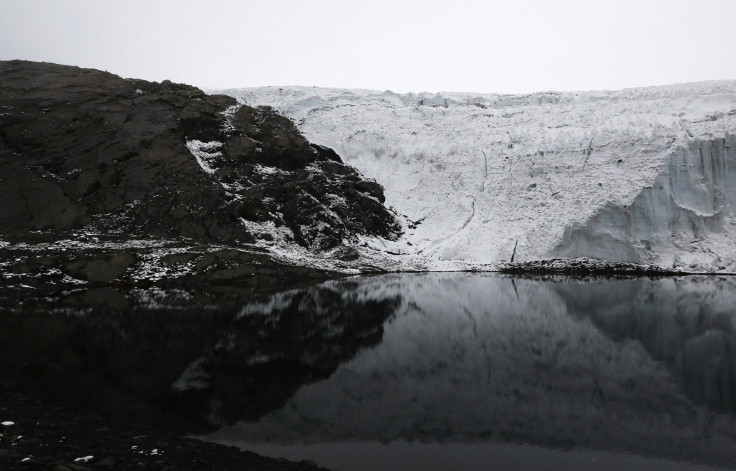Glacier melt at 'unprecedented rates' recorded in first decade of century

Glaciers are melting at rates never seen before in recorded history, with the first decade of the current century seeing thrice the rates over last century, according to the World Glacier Monitoring Service.
This glacier melt is a global phenomenon and will proceed even without any further climate change.
"The observed glaciers currently lose between half a metre and one metre of its ice thickness every year – this is two to three times more than the corresponding average of the 20th century," explained Michael Zemp, Director of the World Glacier Monitoring Service and lead author of the study.
The latest study under the lead of the University of Zurich uses worldwide data compiled on glacier changes for more than 120 years.
Observations of the first decade of the 21st century (2001-2010) were then compared to all available data from in-situ, air-borne, and satellite-borne observations as well as to reconstructions from many sources.
The extreme ice loss of the past two decades has created a strong imbalance of glaciers in many regions of the world. "These glaciers will suffer further ice loss, even if climate remains stable," said Zemp.
The comprehensive analysis of global glacier changes has been published in the Journal of Glaciology.
Though the exact measurements of ice loss are reported from a few hundred glaciers only, the results from the study were qualitatively confirmed from field and satellite-based observations for thousands of glaciers around the world, said Zemp.
The current rate of glacier melt is without precedence at global scale for the time period and probably also for recorded history.
The study also shows that the long-term retreat of glacier tongues (lower point of glaciers) is a global phenomenon. Glacier tongues in Norway have retreated by some kilometres from their maximum extents in the 19th century.
Glacier recovery in the 90s was restricted to glaciers in the coastal area and to a few hundred metres.
Antarctica and Greenland glaciers
Other studies have shown that the melt rate of glaciers in west Antarctica has tripled in the last decade while the Greenland ice sheet, the second largest body of ice on Earth, shed about 243 gigatonnes of ice per year from 2003-09.
Retired Nasa scientist James Hansen, now with Earth Institute, recently warned that glaciers in Greenland and Antarctica will melt 10 times faster than previous consensus estimates, leading to sea level rise of at least 10 feet in as little as 50 years.
© Copyright IBTimes 2025. All rights reserved.





















